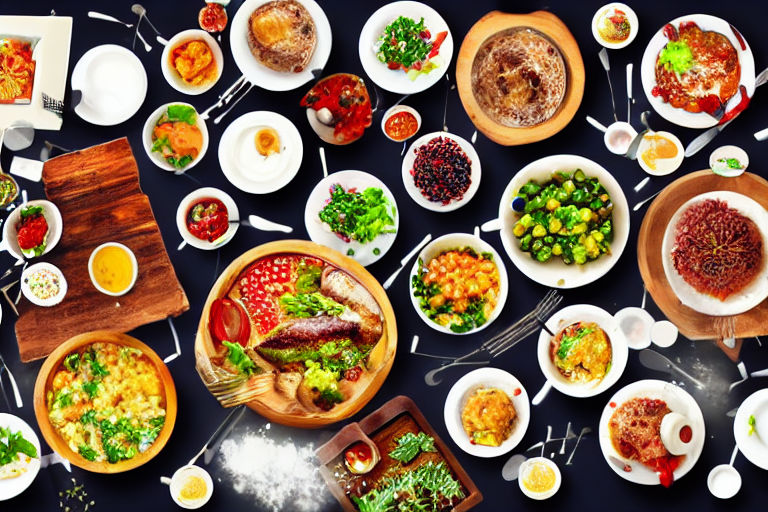The Surprising Relationship Between Tannins and Wine Pairing
When it comes to pairing wine with food, most people consider the usual factors such as the type of food, the spices used, the cooking method, and the occasion. However, there's one factor that's often overlooked but plays a crucial role in the success of wine pairing: tannins.
Tannins are natural compounds found in plants, including grape skins, seeds, and stems. They give wine its astringency, bitterness, and complexity. However, not all wines have the same tannin levels or profiles, and that's where wine pairing becomes tricky.
Tannin and Food Interaction
Tannins interact with food in several ways that affect the taste and texture of both. For example, tannins can bind with protein molecules in meat and create a mouth-drying sensation that's unpleasant if the combination is not balanced. However, tannins can also cut through the richness and fatness of meat and balance the flavors.
As a general rule, high-tannin wines such as Cabernet Sauvignon, Syrah, and Nebbiolo pair well with meat dishes that have high protein and fat content, such as beef, lamb, and venison. On the other hand, low-tannin wines such as Pinot Noir, Merlot, and Grenache are better suited for lighter meats such as chicken, pork, and fish.
Tannin and Flavor Interaction
Tannins also interact with flavors in food, either complementing or contrasting them. For example, wines with high tannins and high acidity like Chianti complement tomato-based dishes, while wines with low tannins and high acidity like Pinot Noir contrast sweet dishes such as duck with cherry sauce.
Furthermore, the texture of food can also affect the tannin pairing. For example, tannic wines pair better with grilled or roasted meat with a crunchy exterior that can handle the astringency. Tender or poached meat, on the other hand, can be overwhelmed by tannins and taste metallic or bitter.
Tannin and Regional Pairing
Finally, tannins can also complement or contrast regional cuisines that use specific spices, herbs, and cooking techniques. For example, high-tannin wines like Malbec and Tempranillo go well with spicy Latin American dishes that use cumin, coriander, and chili pepper. In contrast, low-tannin wines like Beaujolais and Riesling work better with delicate Asian dishes that use ginger, lemongrass, and soy sauce.
In conclusion, tannins play a significant role in wine pairing and can make or break a dish. Before choosing a wine, it's important to consider the tannin levels and profiles of both the wine and the food and how they interact. With a little bit of knowledge and experimentation, you can find the perfect wine pairing that enhances the meal and the experience.



